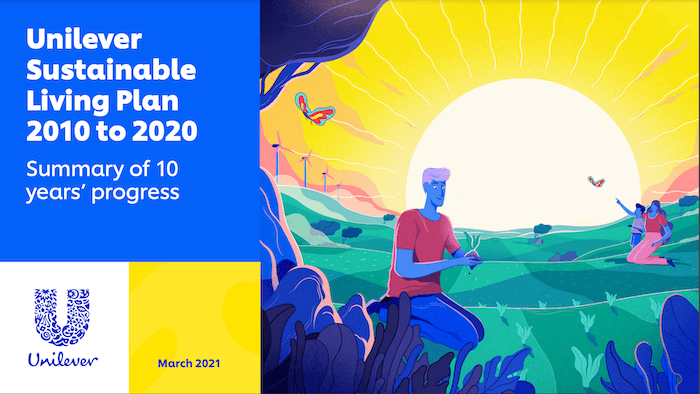Powered by

Learn what is sustainability reporting, its benefits and challenges, and what a sustainability report includes. Get examples, tips, and report templates.
Jackie Plaza
5 minute read
Share:
Short answer
A sustainability report is a comprehensive document that outlines a company's performance in environmental, social, and governance (ESG) areas. It's a vital tool for investors and stakeholders to assess a company's commitment to sustainable development.
Tip: If you're running a small business, don't think sustainability reports are only for the big players. Tools like GRI's SME version can help you write your own report and tools like Storydoc can help you easily design a professional report like the big boys.
Tip: If you're a small business, start small. You can use simplified frameworks and gradually move to more comprehensive reporting as you grow.
Stop losing opportunities to ineffective presentations.
Your new report is one click away!










